Have you ever wondered how to make water safe to drink at home? Water’s essential to your daily life. However, water can also be a source of sickness if you don’t treat water correctly. Over time, tap water can collect contaminants that may harm your health. It’s important to understand what makes water unsafe and how you can treat it at home.
Fortunately, you can take several simple steps to purify your tap water and ensure that it’s safe for consumption. Here are some of the ways:
1. Filter
Water filters are a great way to ensure you get clean, safe water in your home. There are many different residential water filter systems, but they’ll have the same primary function. They remove harmful contaminants from your drinking water.
If you live in an area where tap water isn’t safe to drink, then a whole house filter system like bottle free coolers is the best solution. This type of system filters all the water in your home before entering any plumbing fixtures or appliances. You’ll only need to change the filter once or twice per year, depending on how much use it gets and how dirty your water is.
2. Boiling Water
Boiling water to make it safe to drink is a simple and easy process. The first thing you need to do is get your water boiling. You can use any pot on hand, but the most common are pots made from stainless steel or aluminum. Once your water has come to a boil, allow it to continue boiling for at least ten minutes.
This will kill any bacteria and other harmful organisms in the water that could cause you harm if consumed. Once your water has been boiled for ten minutes or more, pour it into another container or pitcher and let it cool down before drinking it.
3. Distillation
Distillation is a process that removes impurities from liquids by boiling and recondensing the vapor. Tap or water from wells can be contaminated with bacteria, viruses, heavy metals, and salts. It’s a simple way to make water safe to drink at home. Distillation works because boiling water evaporates at a temperature lower than the boiling point of any contaminant that may be present in the water.
As the steam rises into the condenser, it cools and condenses back into water droplets. The process removes impurities by separating them from the steam and collecting them as a liquid or solid residue. This process is repeated until only pure steam remains in the distiller.

4. Chlorination
Chlorine is a chemical added to water through a process called chlorination. Chlorine kills bacteria, viruses, and other harmful organisms that might be present in the water supply system. It also helps prevent the growth of algae, which can clog pipes and damage equipment.
Chlorination is essential in making drinking water safe for consumption at home. While chlorine alone doesn’t kill all harmful organisms in drinking water, it makes it much safer by reducing the number of pathogens in the water supply.
5. Iodine
Iodine is a mineral used to make water safe to drink. It’s an essential nutrient for the human body. Iodine is found in many foods, and it’s recommended that adults consume 150 micrograms of iodine per day. It’s a colorless, non-metallic element that’s been used for centuries as a disinfectant and antiseptic. It’s part of the halogen family, including bromine and chlorine. Iodine will kill bacteria, viruses, and parasites in the water, which prevents them from making you sick.
To purify water and make it safe to drink, follow these:
- Fill up a container with water and place it in the sun for at least four hours.
- Add two drops of 3% iodine tincture per liter of water. The iodine will kill microorganisms in the water, making it safe to drink.
6. Bleach
One of the most popular uses of bleach is to make water safe to drink. This is a good practice for emergencies, when you may not have access to clean drinking water, or when you need to purify water quickly. Bleach can kill most bacteria and viruses in the water, but it’ll not remove dirt or other debris from the water.
If your only source of water is a pond or lake, you’ll want to first filter out any large particles before using bleach. This will help ensure that there’ll be no taste or odor issues with your finished product.
Final Thoughts
Making water safe to drink at home is a simple process, but it’s essential to follow these steps closely. Drinking water is vital for your health and well-being. You can increase your chances of staying healthy by drinking water from a safe source or doing one of these steps to purify your water.
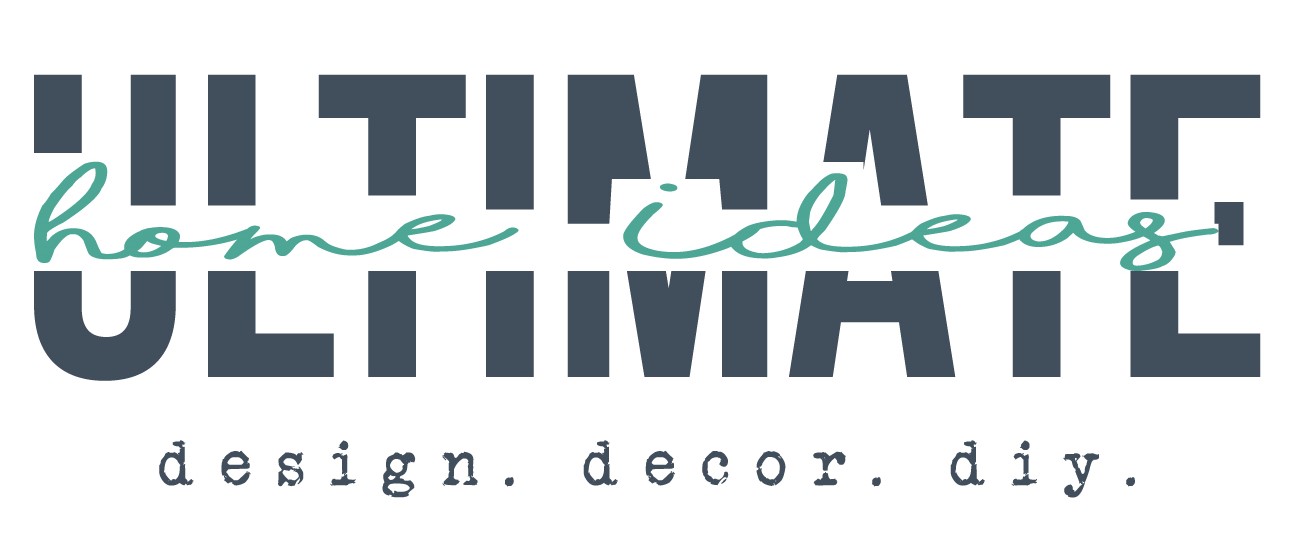




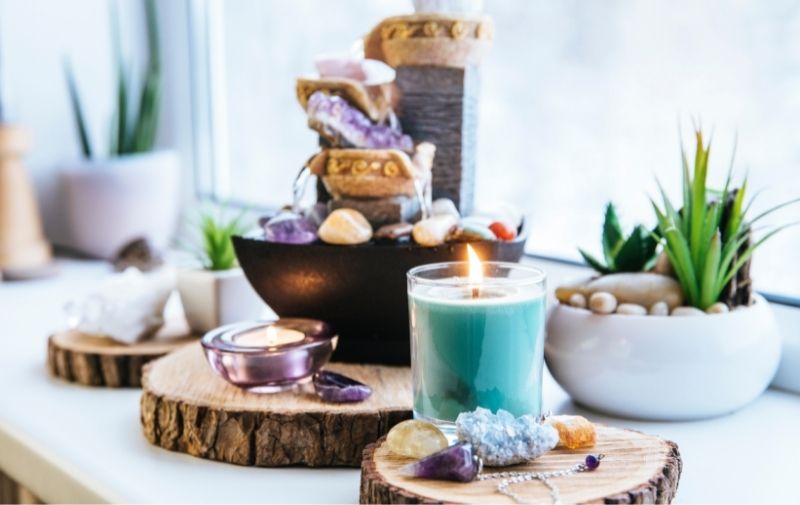

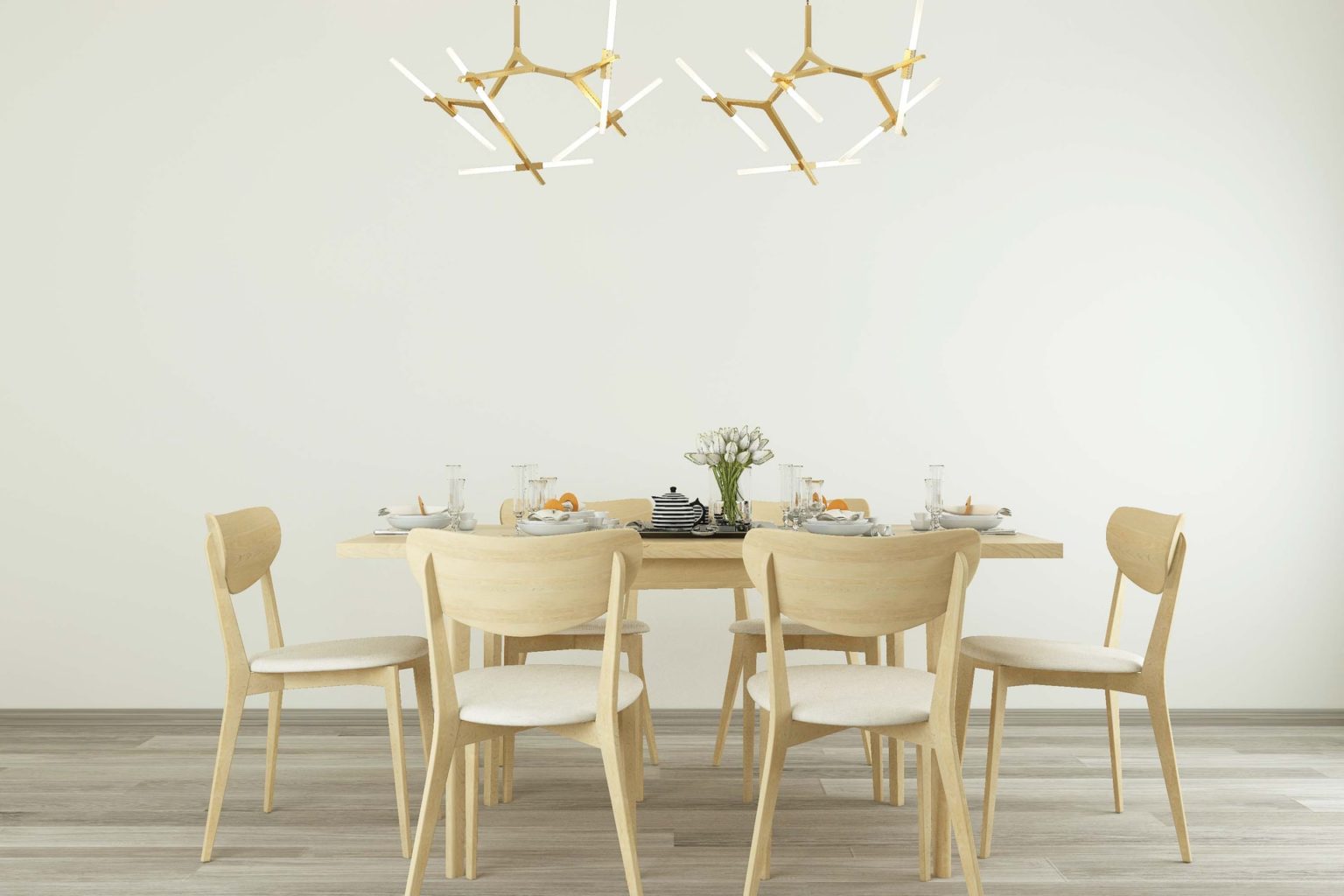

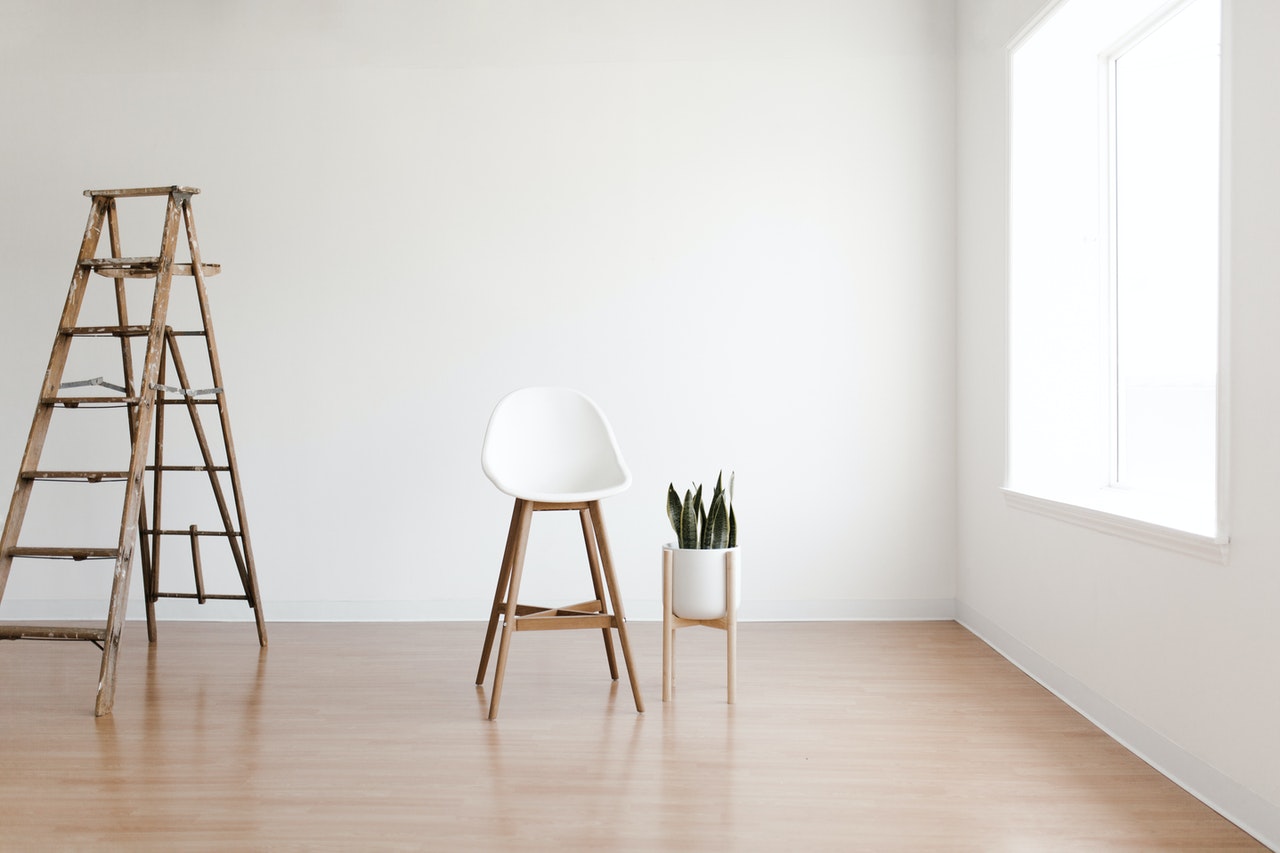
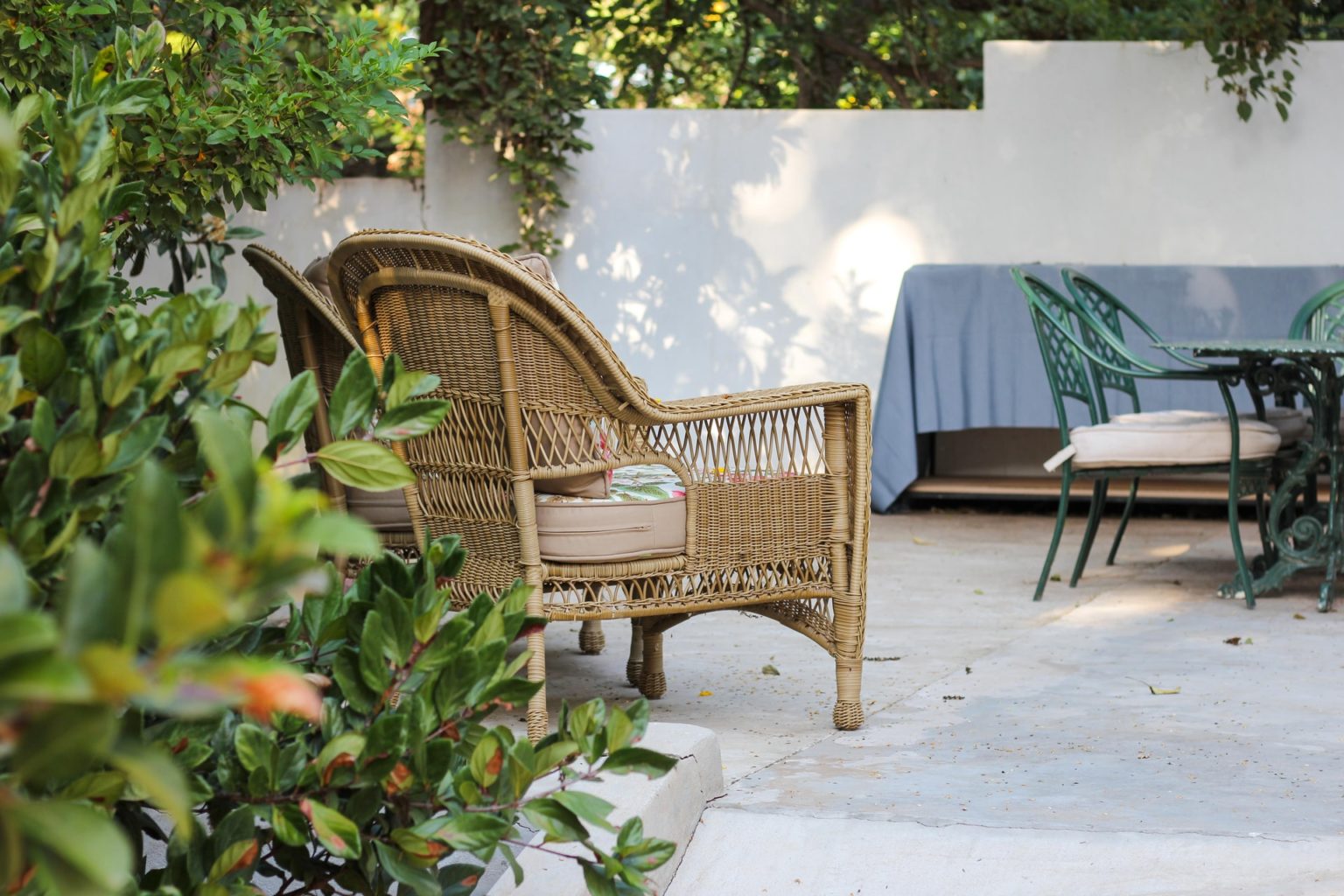
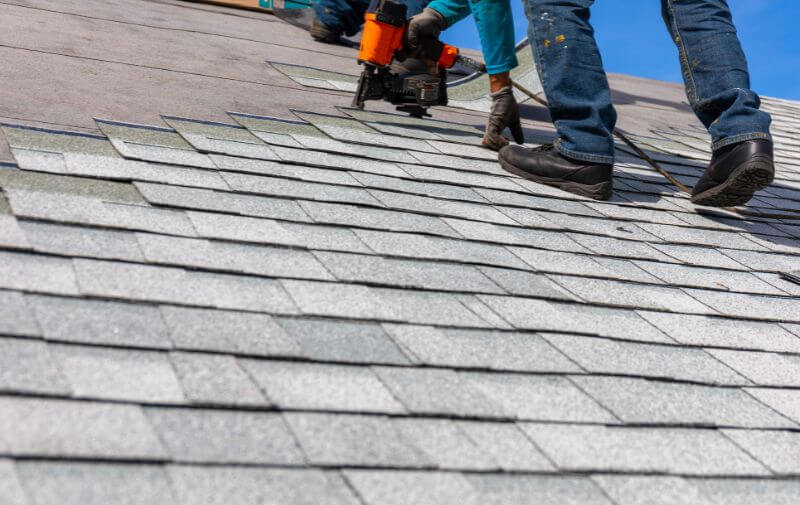
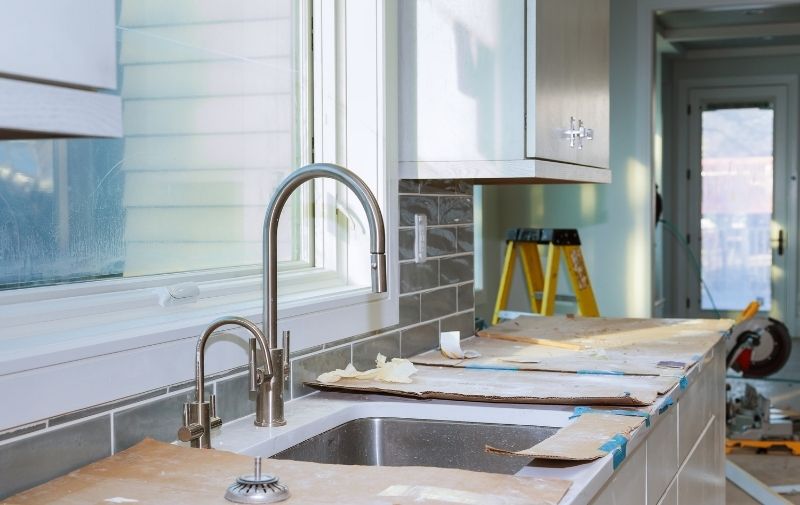

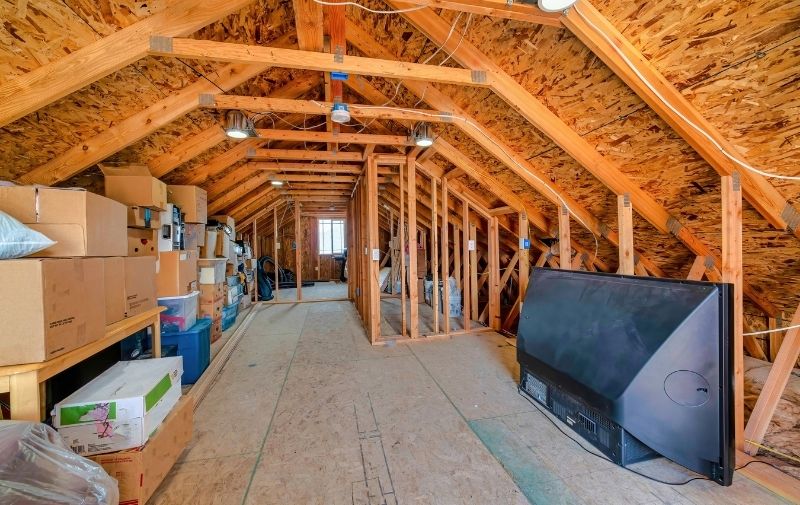
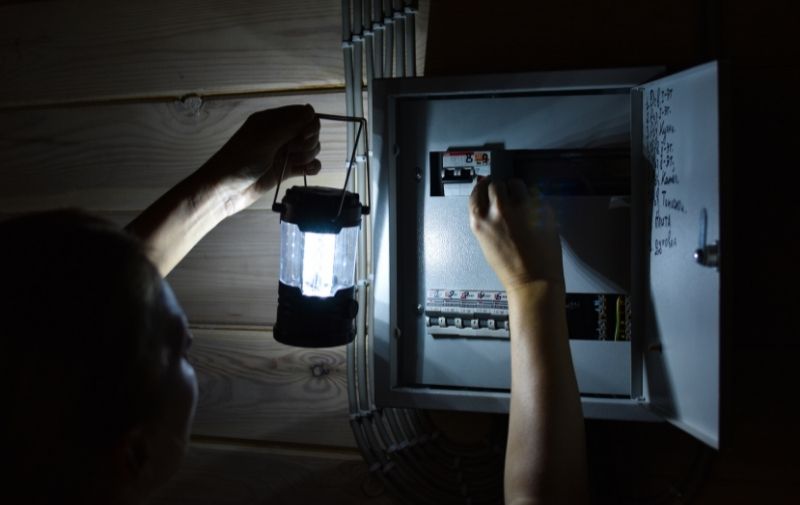
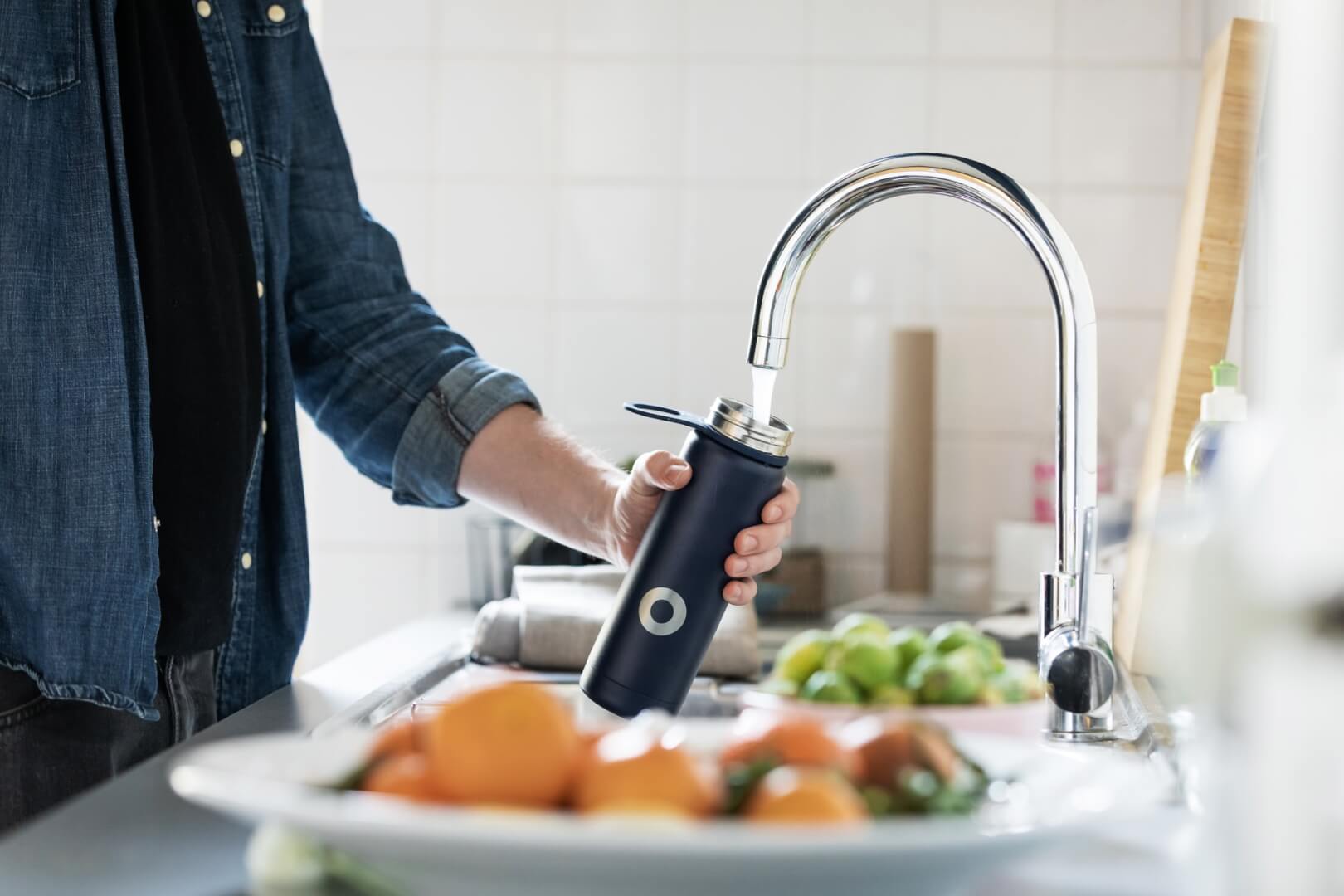
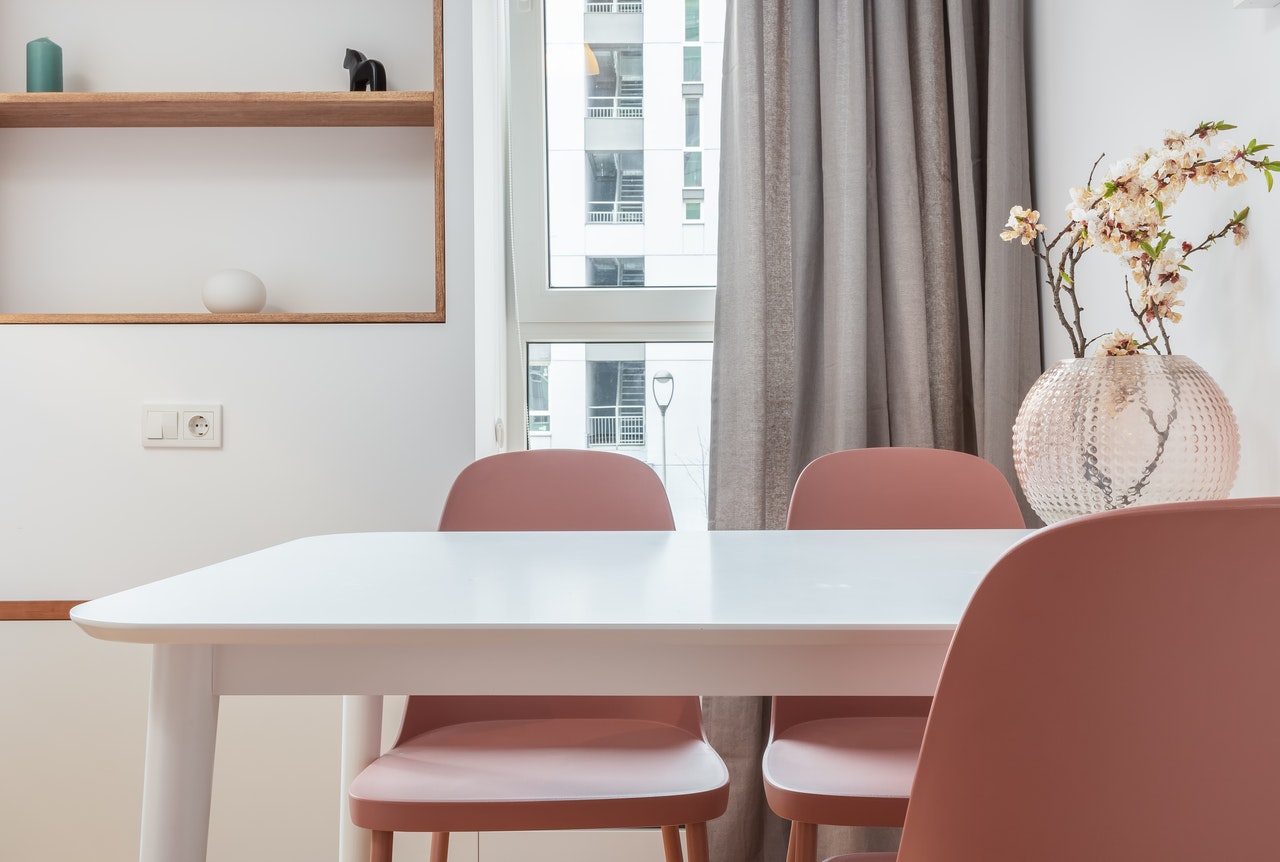

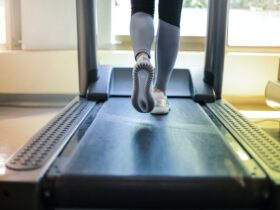
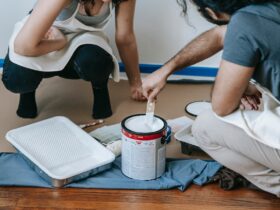

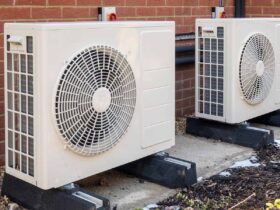
Leave a Reply